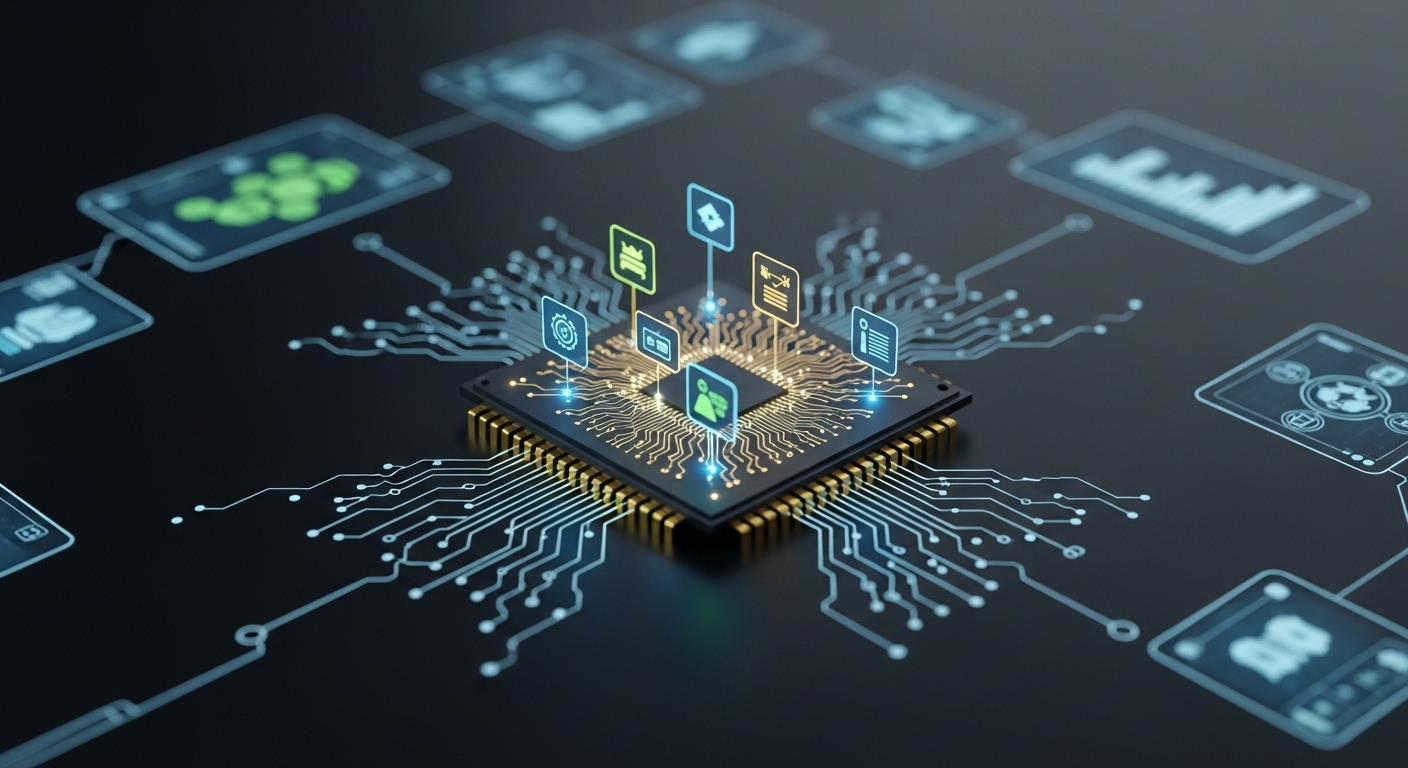Neuromorphic Computing: The Brain-Inspired Future of Electronics
In the ever-evolving landscape of computing technology, a groundbreaking approach is gaining momentum, promising to revolutionize how we process information. Neuromorphic computing, a field that draws inspiration from the human brain's architecture and function, is poised to usher in a new era of efficient, adaptable, and intelligent electronic systems. This cutting-edge technology aims to bridge the gap between artificial and biological intelligence, offering solutions to some of the most pressing challenges in modern computing.

As our knowledge of neuroscience expanded and semiconductor technology advanced, neuromorphic computing began to transition from concept to reality. The field gained significant traction in the early 2000s, with researchers and tech giants alike recognizing its potential to overcome the limitations of traditional von Neumann architecture.
Mimicking Nature’s Most Sophisticated Computer
At its core, neuromorphic computing aims to replicate the brain’s ability to process information in a highly parallel, low-power manner. Unlike conventional computers that rely on separate memory and processing units, neuromorphic systems integrate these functions, much like biological neurons and synapses.
These brain-inspired chips feature artificial neurons and synapses that can adapt and learn from experience, similar to their biological counterparts. This approach allows for more efficient processing of complex, unstructured data – a task at which traditional computers often struggle.
The Promise of Energy Efficiency
One of the most compelling aspects of neuromorphic computing is its potential for dramatically reduced power consumption. The human brain, despite its immense computational power, operates on roughly 20 watts of power – a fraction of what today’s high-performance computers require.
Neuromorphic systems aim to achieve similar efficiency by leveraging event-driven processing. Unlike traditional computers that constantly perform calculations, neuromorphic chips only activate when necessary, significantly reducing energy waste. This efficiency could prove crucial in developing sustainable computing solutions for an increasingly data-driven world.
Advancements in Hardware and Software
The realization of neuromorphic computing relies on innovations in both hardware and software. On the hardware front, researchers are developing novel materials and architectures to create more brain-like circuits. Memristors, devices that can remember past electrical states, are at the forefront of this effort, offering a way to implement synaptic-like behavior in electronic systems.
Software development for neuromorphic systems presents its own set of challenges. Traditional programming paradigms are ill-suited for these brain-inspired architectures. As a result, new programming models and algorithms are being developed to harness the full potential of neuromorphic hardware.
Real-World Applications and Future Prospects
The potential applications of neuromorphic computing span a wide range of fields. In robotics, these systems could enable more adaptive and energy-efficient autonomous machines. For internet of things (IoT) devices, neuromorphic chips could provide local, low-power intelligence, reducing the need for cloud connectivity.
Perhaps most excitingly, neuromorphic computing could accelerate breakthroughs in brain-computer interfaces and neuroprosthetics. By more closely mimicking the brain’s natural processes, these systems could offer more intuitive and effective ways to interface with neural tissue.
As research progresses, we can expect to see neuromorphic computing make its way into consumer electronics, data centers, and scientific instruments. While still in its early stages, this technology holds the promise of transforming our digital landscape, offering a glimpse into a future where our electronic devices think more like we do.






